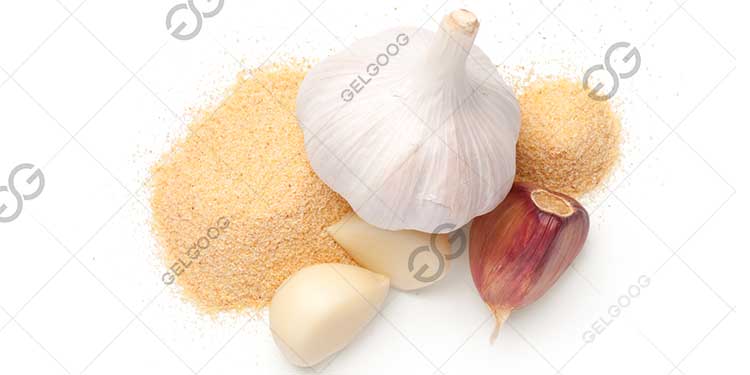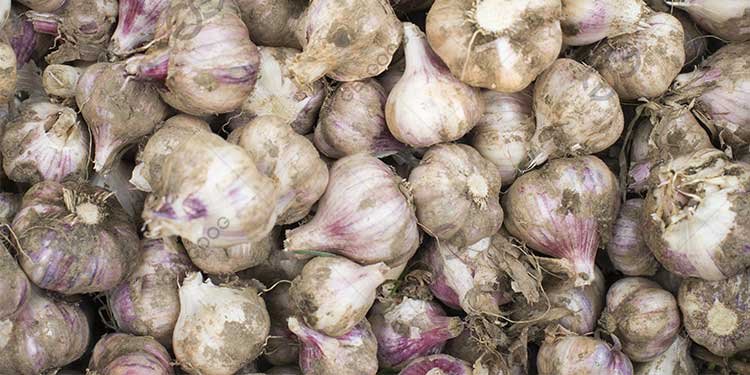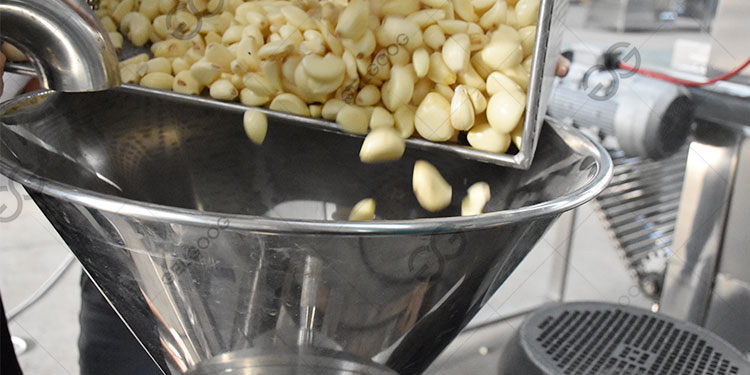
How to Make Garlic Powder Commercially?
Garlic powder is a common seasoning, which is widely used in catering, food processing, instant seasoning packs and other industries. Compared with fresh garlic, garlic powder has the advantages of long shelf life, convenient use and stable flavor. So how to make garlic powder commercially? We can understand it from the following steps.
Raw material selection and pretreatment
1. Raw material selection
The factory will first purchase high-quality garlic, which must be free of rot and mildew. High-quality garlic is the basis for ensuring that the finished garlic powder has a strong flavor and uniform color.
2. Garlic separation
The whole head of garlic is quickly separated into garlic cloves by a garlic clove separator. The equipment uses mechanical extrusion or centrifugal force, which is highly efficient and less damaging.
3. Peeling
The garlic peeler is used to peel the garlic cloves. The equipment uses compressed air or roller friction to achieve efficient peeling while keeping the garlic cloves intact.
Washing and slicing
1. Bubble washing
The peeled garlic cloves enter the bubble washing machine, where water flow and bubbles are used to stir and remove residual impurities and surface mucus, ensuring the hygienic and safe subsequent processing.
2. Slicing
Use a garlic slicer to cut the garlic cloves into uniform slices with a thickness of 1~3mm. The slice thickness is adjustable, which helps to quickly evaporate the water during the subsequent drying process.
Garlic slice drying
Garlic slices are continuously dried in a dryer. The temperature is generally controlled at 60-80℃ and the drying time is 6-8 hours, which can be flexibly adjusted according to the moisture content of the raw materials. The drying goal is to reduce the moisture content of the garlic slices to below 8% to ensure that they will not mold or clump during the subsequent grinding process.
Grinding Processing
The dried garlic slices are initially crushed by a universal grinder, and then the ultra-fine grinder is selected according to the product fineness requirements. The particle size after crushing is generally controlled at 60~120 mesh. High-end products use air flow crushing technology to make the garlic powder finer and the flavor distribution more uniform.
Screening and mixing
The crushed garlic powder enters the vibrating screening machine for particle size classification, and the unqualified coarse powder returns to the crushing process.
Packaging and storage
Common specifications include 100g, 500g, 1kg, 5kg and 25kg large bags. The packaging material is usually a composite film with good moisture and oxidation resistance. After packaging, the finished product is stored in a dry, cool, odor-free warehouse.
The production of garlic powder is mainly completed by the garlic powder production line, which not only greatly improves the processing efficiency, but also ensures the stability of product quality and hygiene and safety.


Leave a Reply